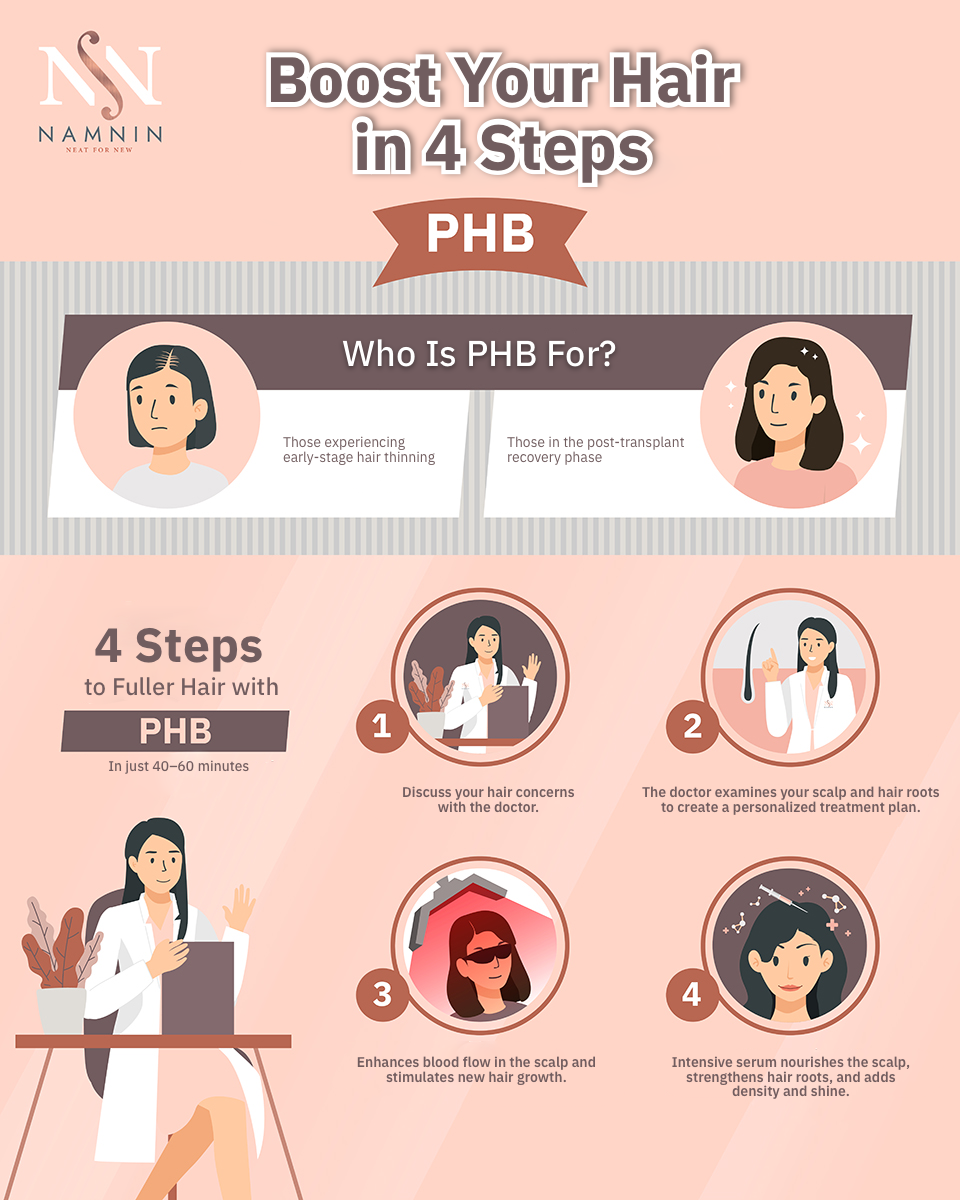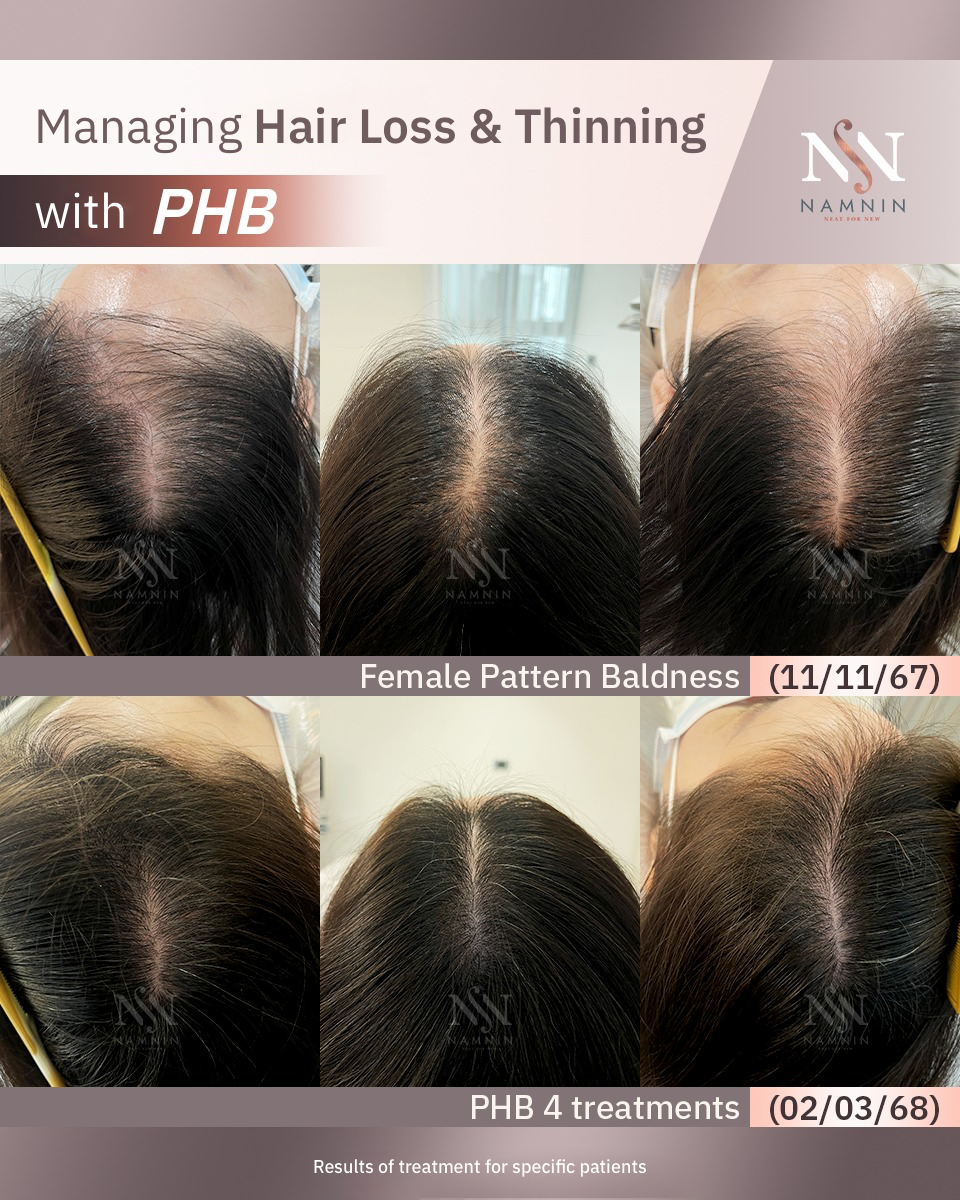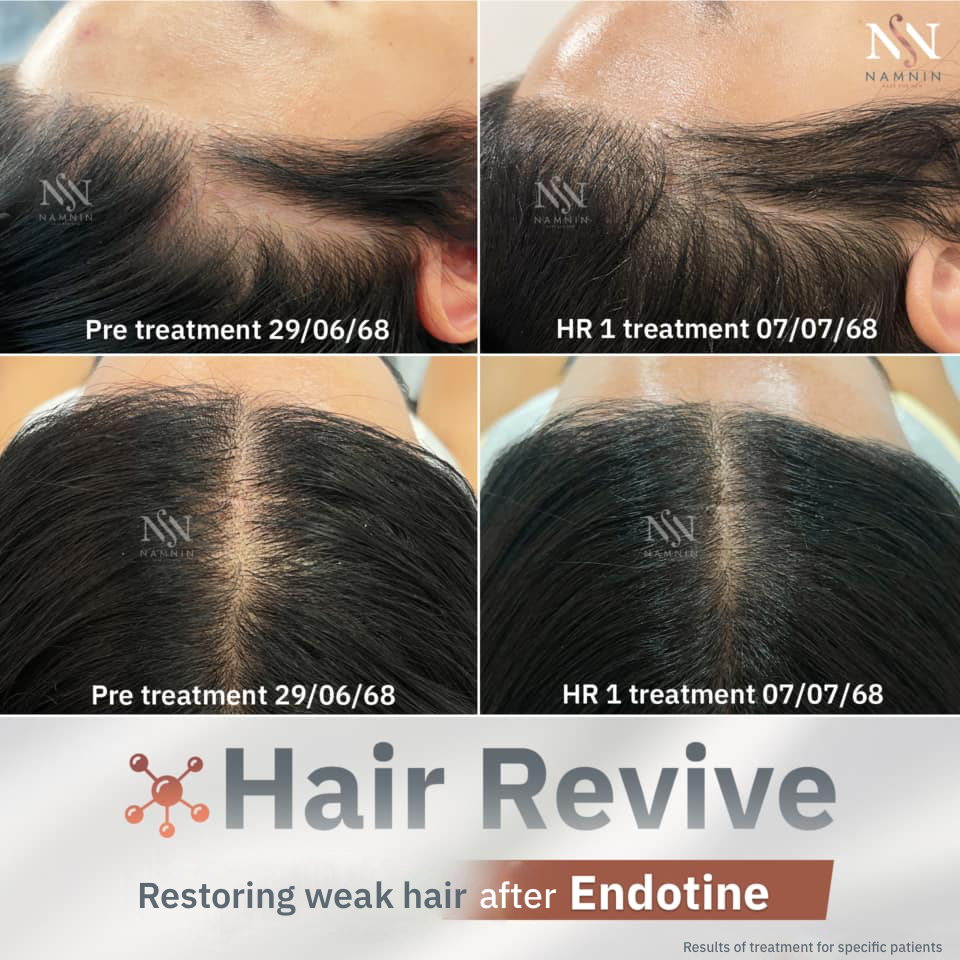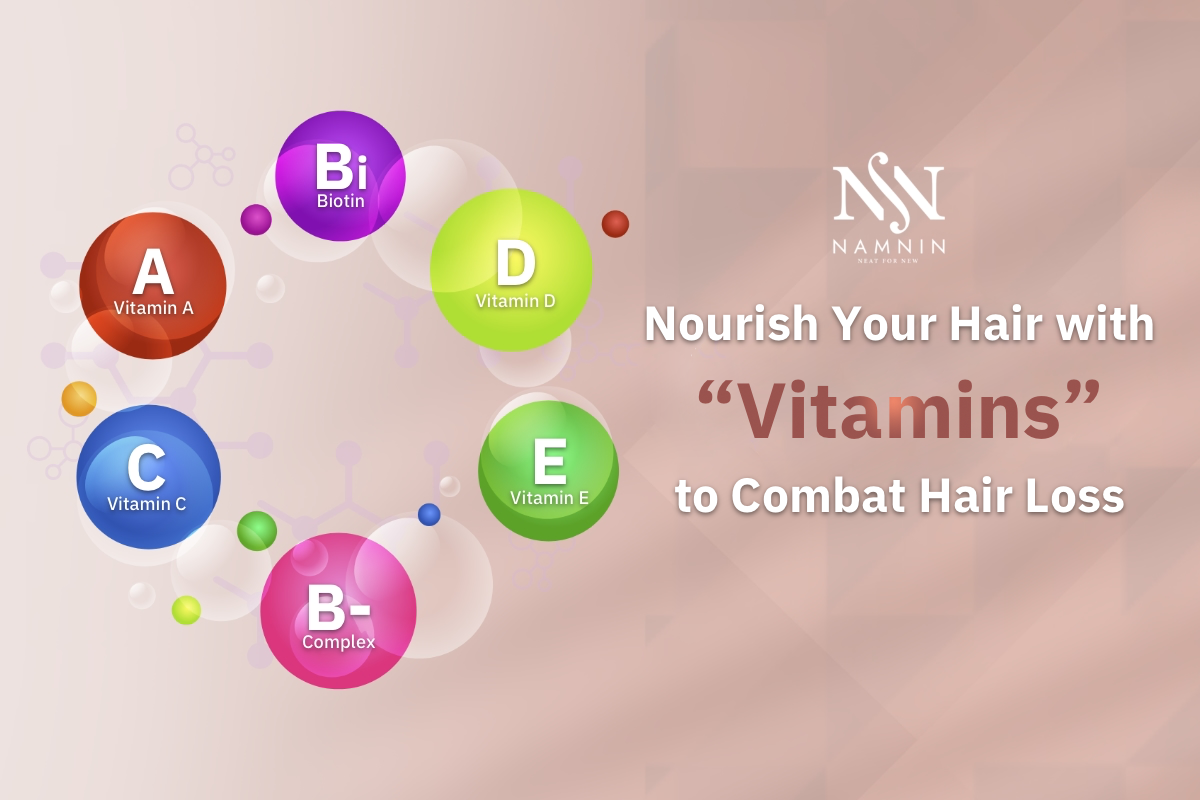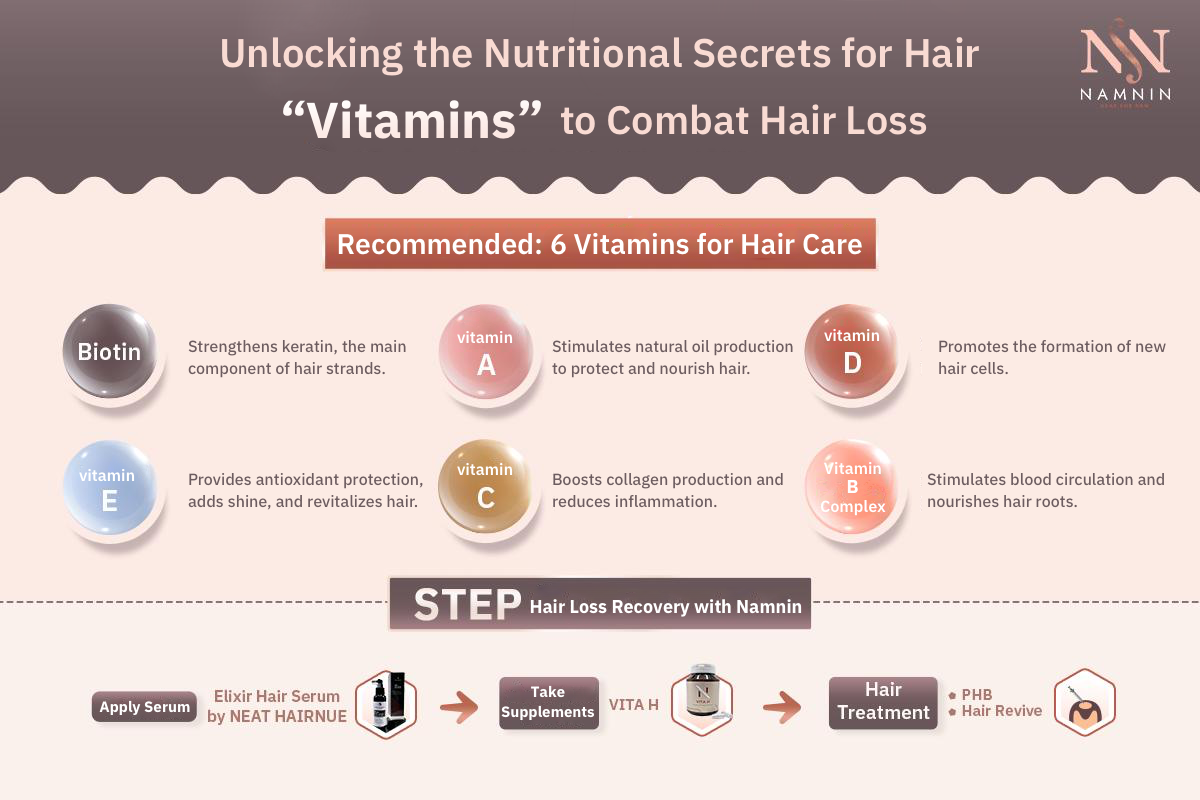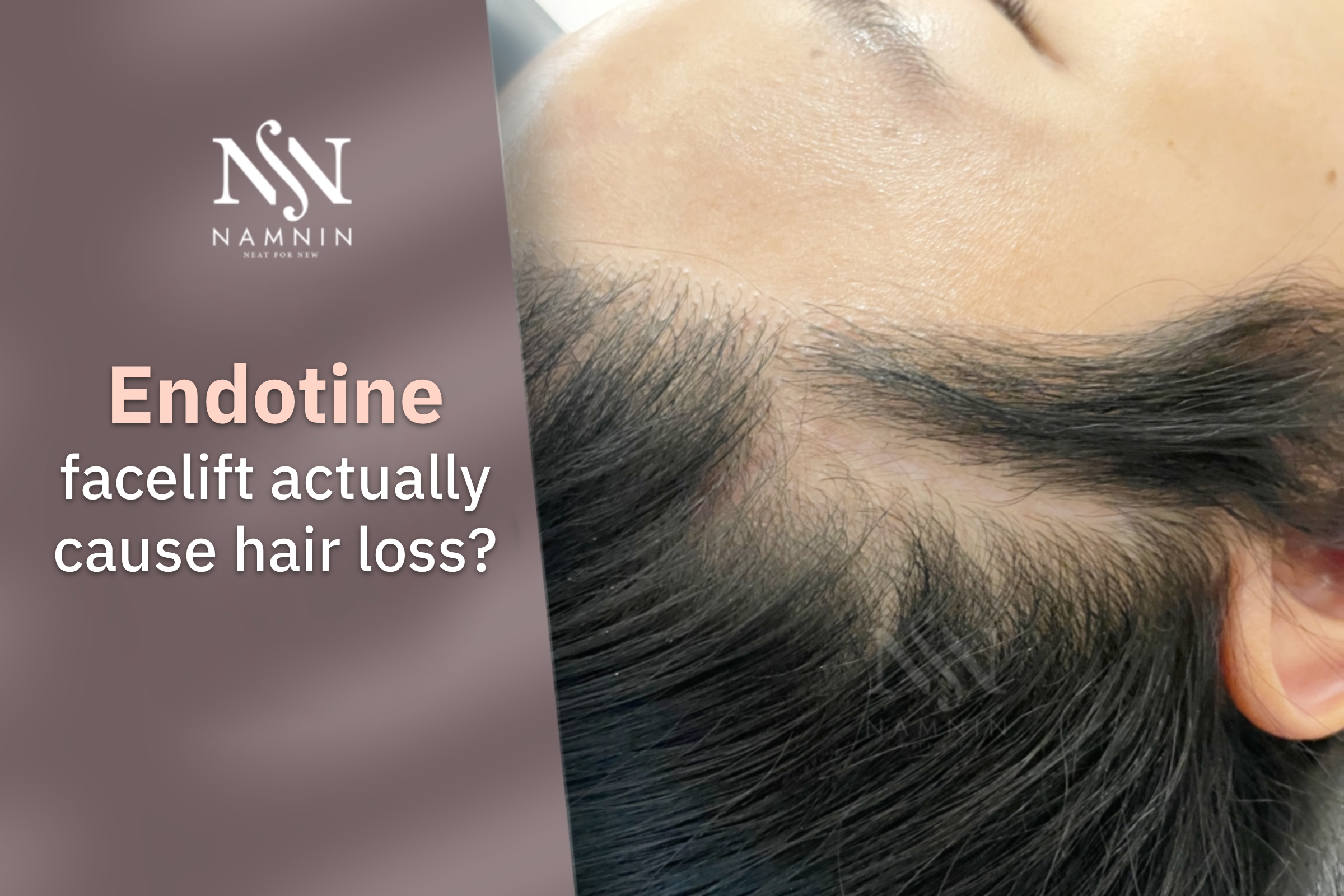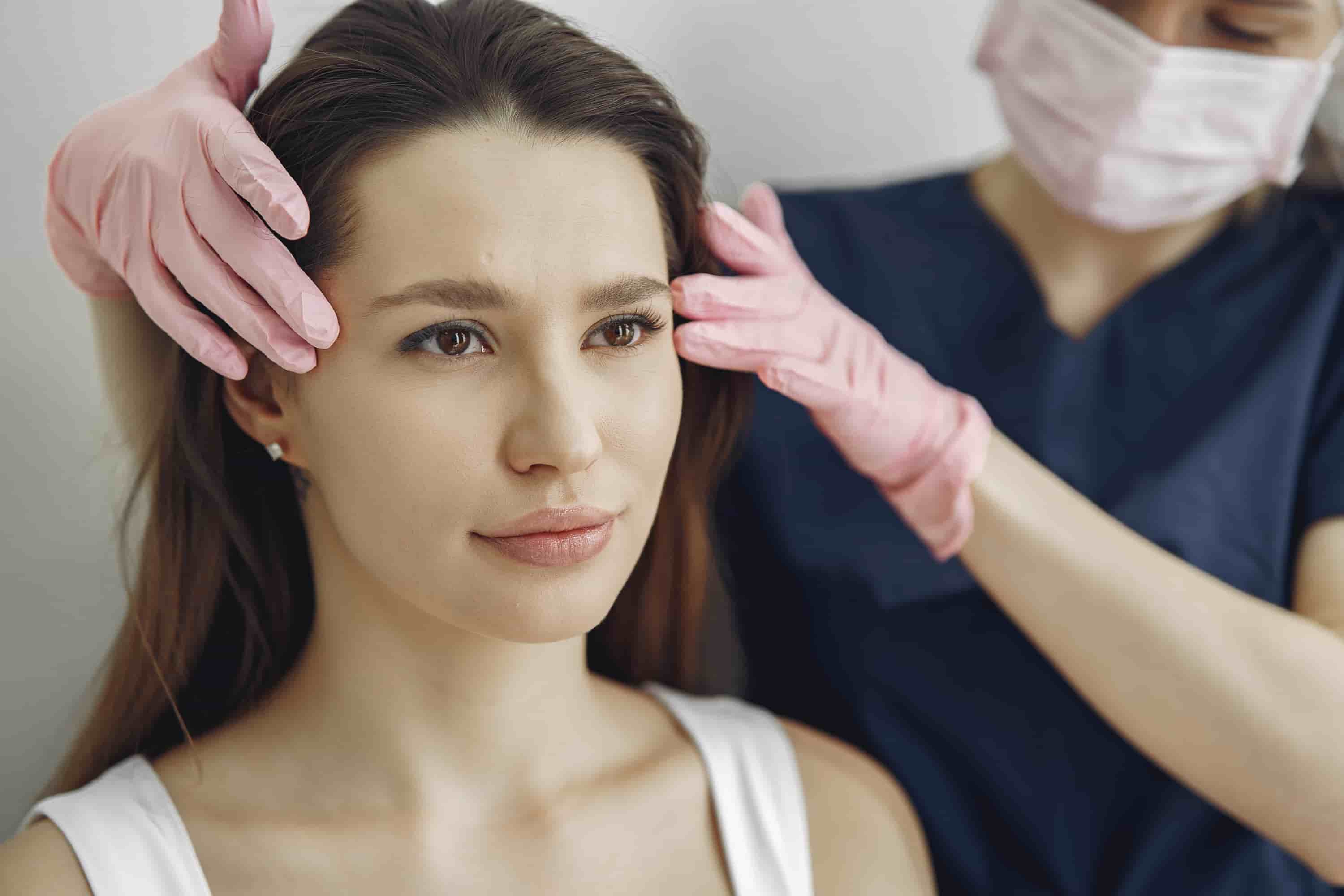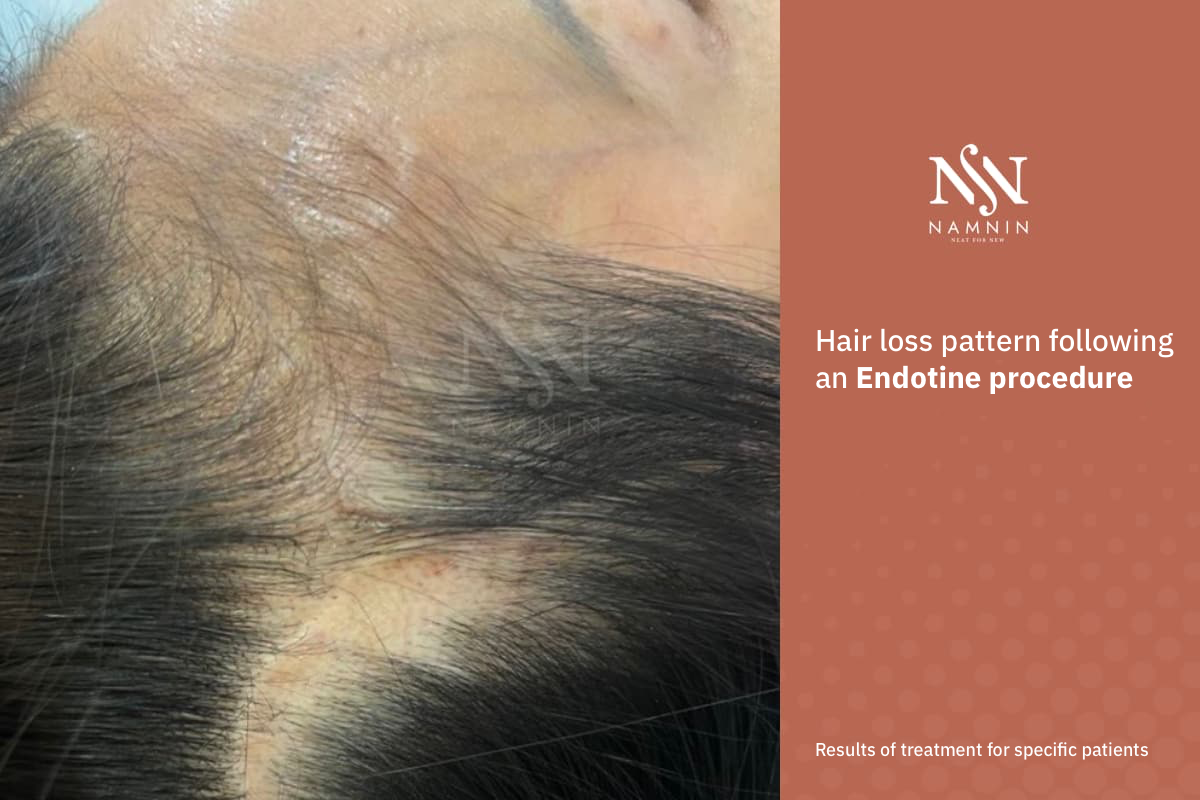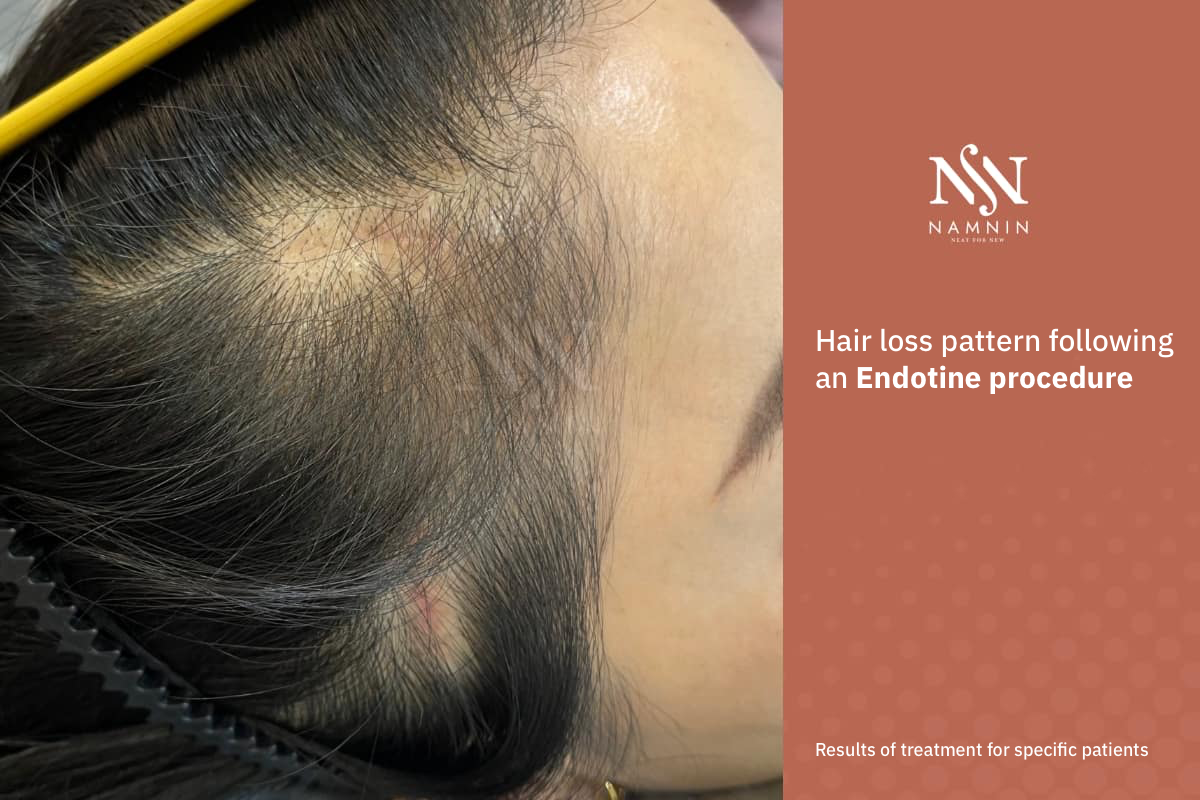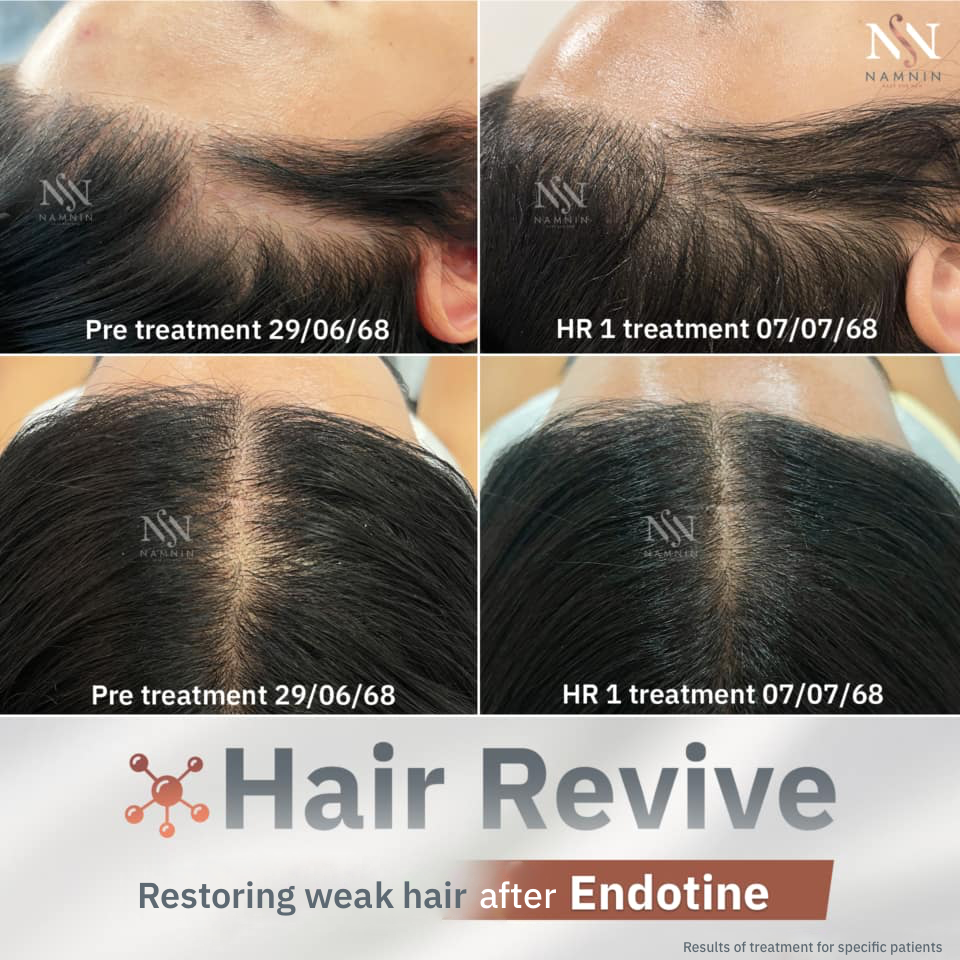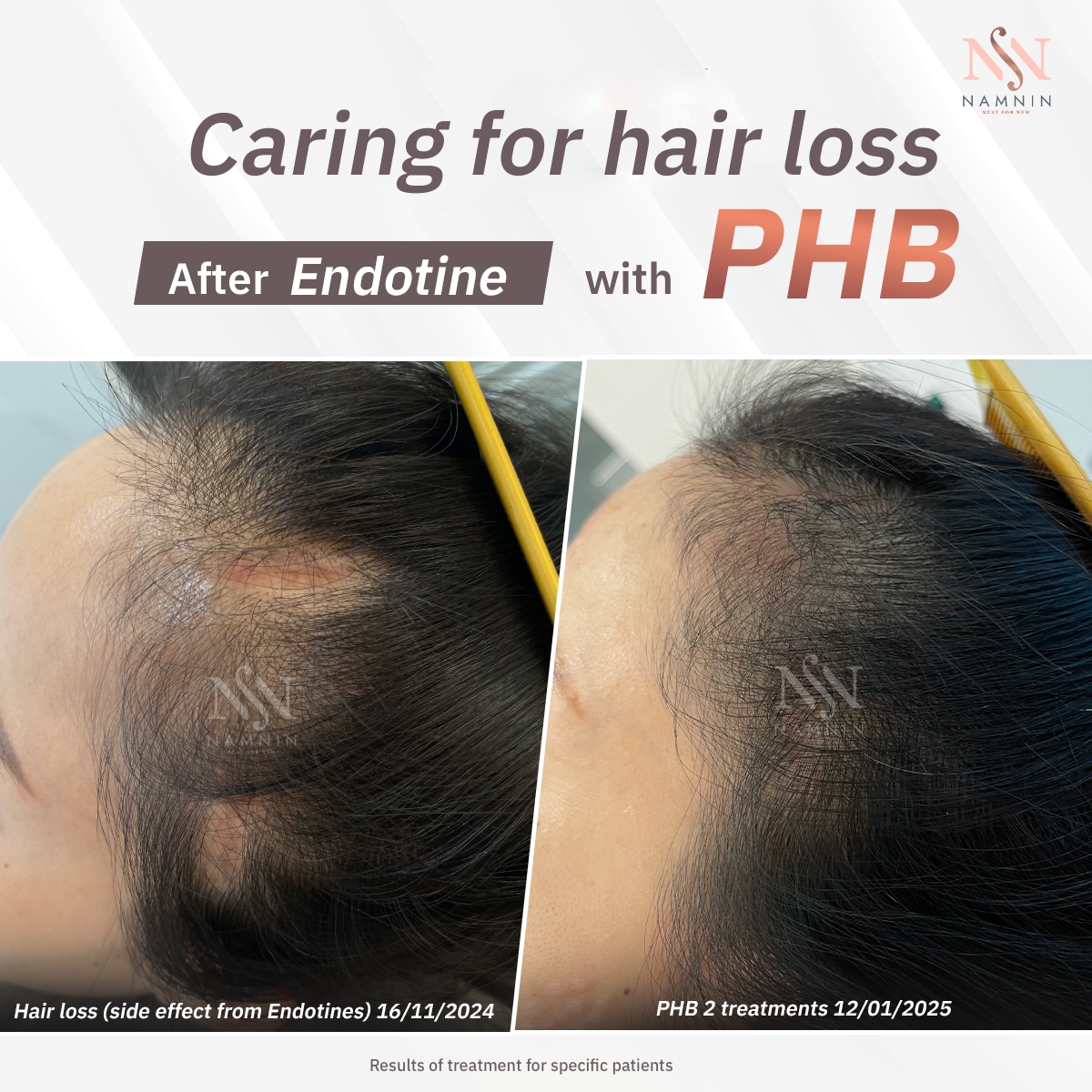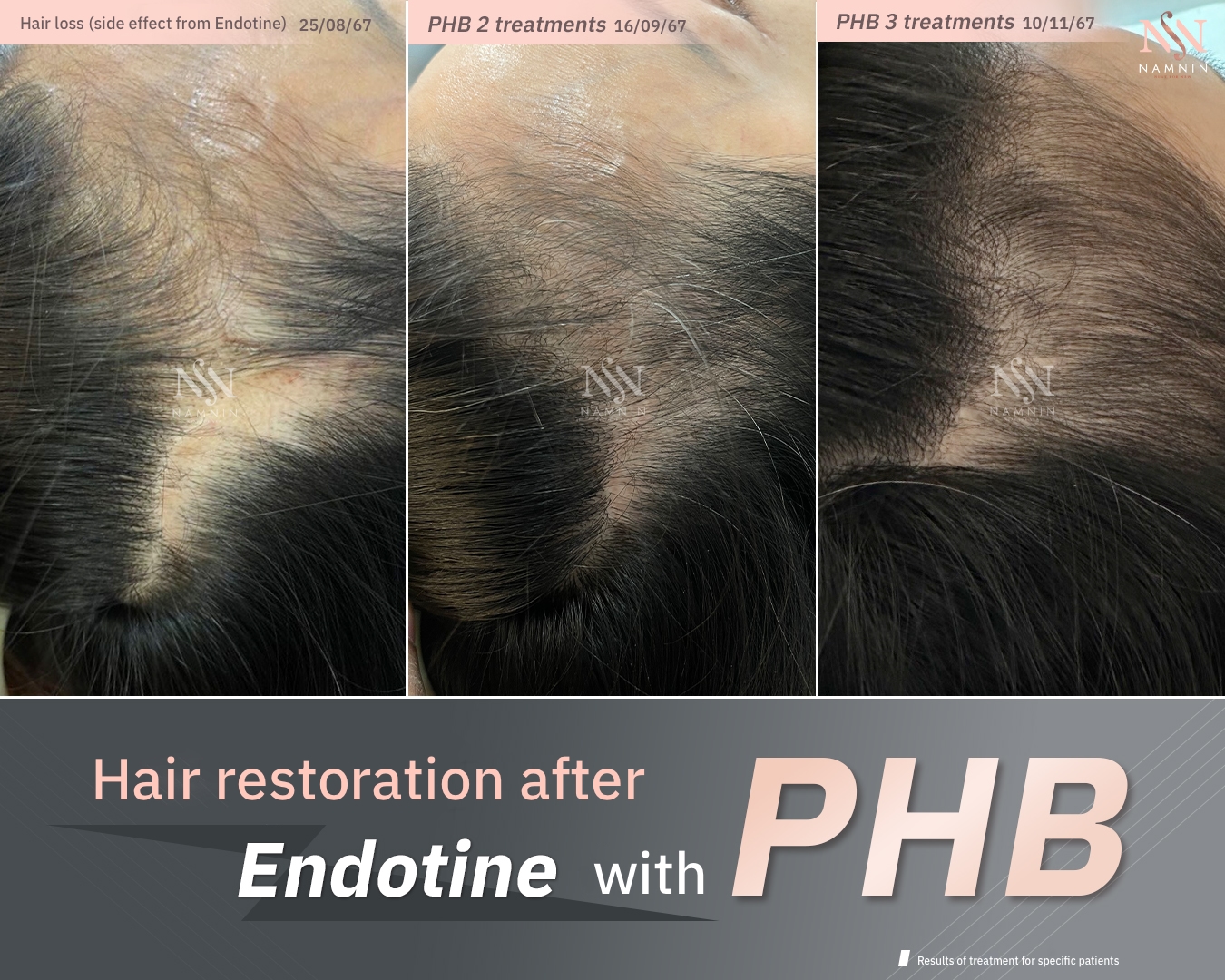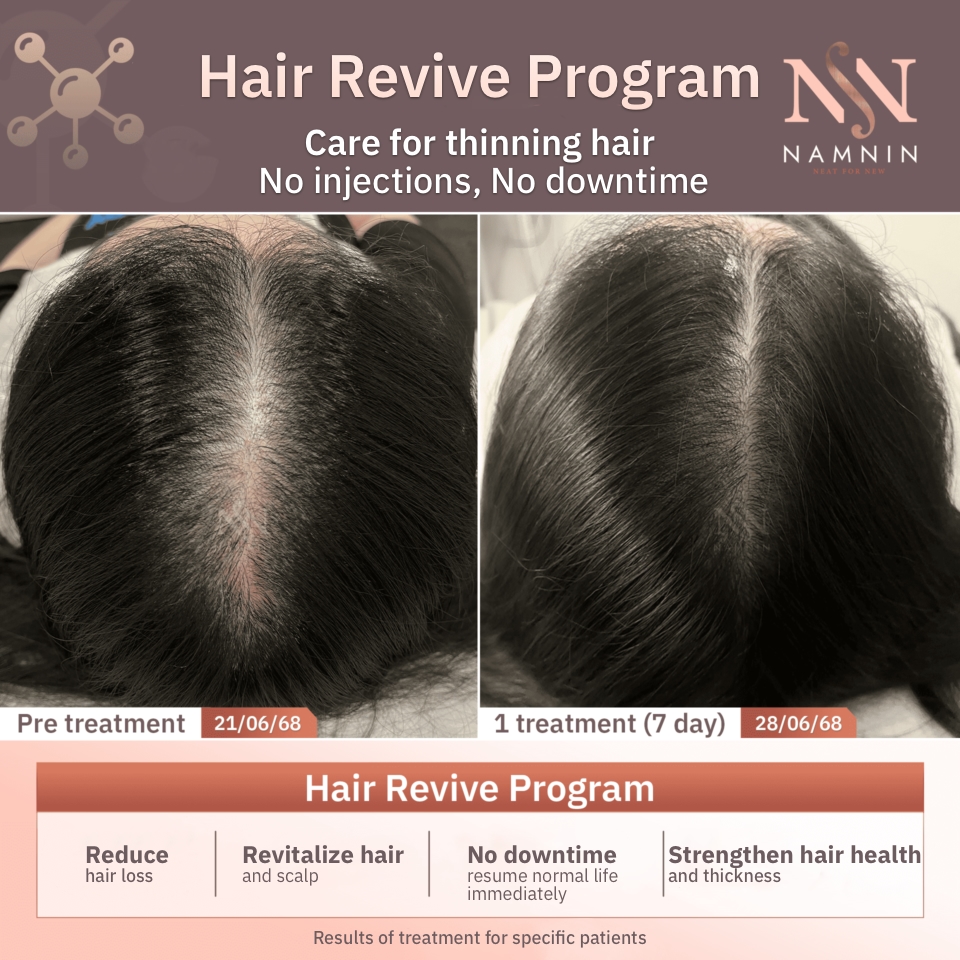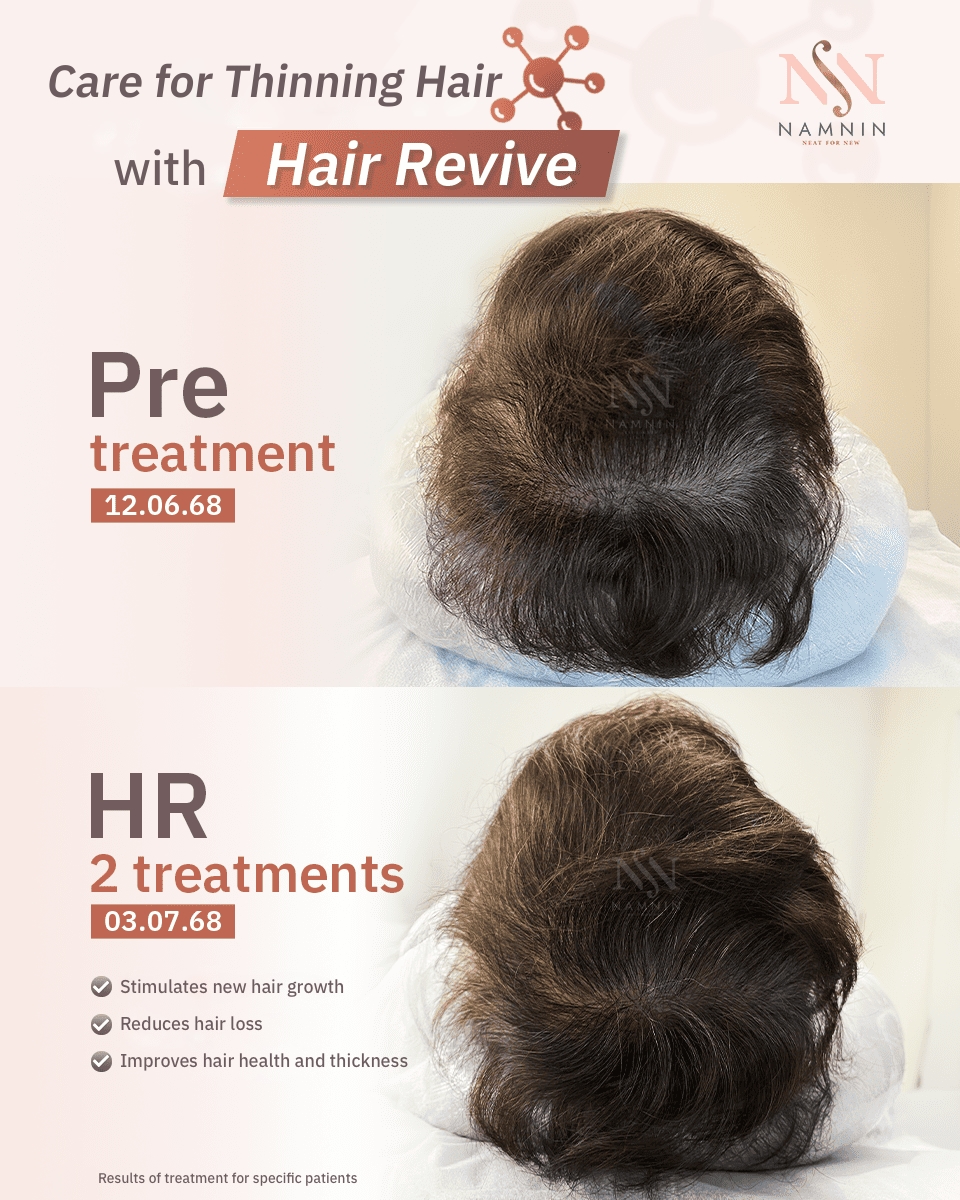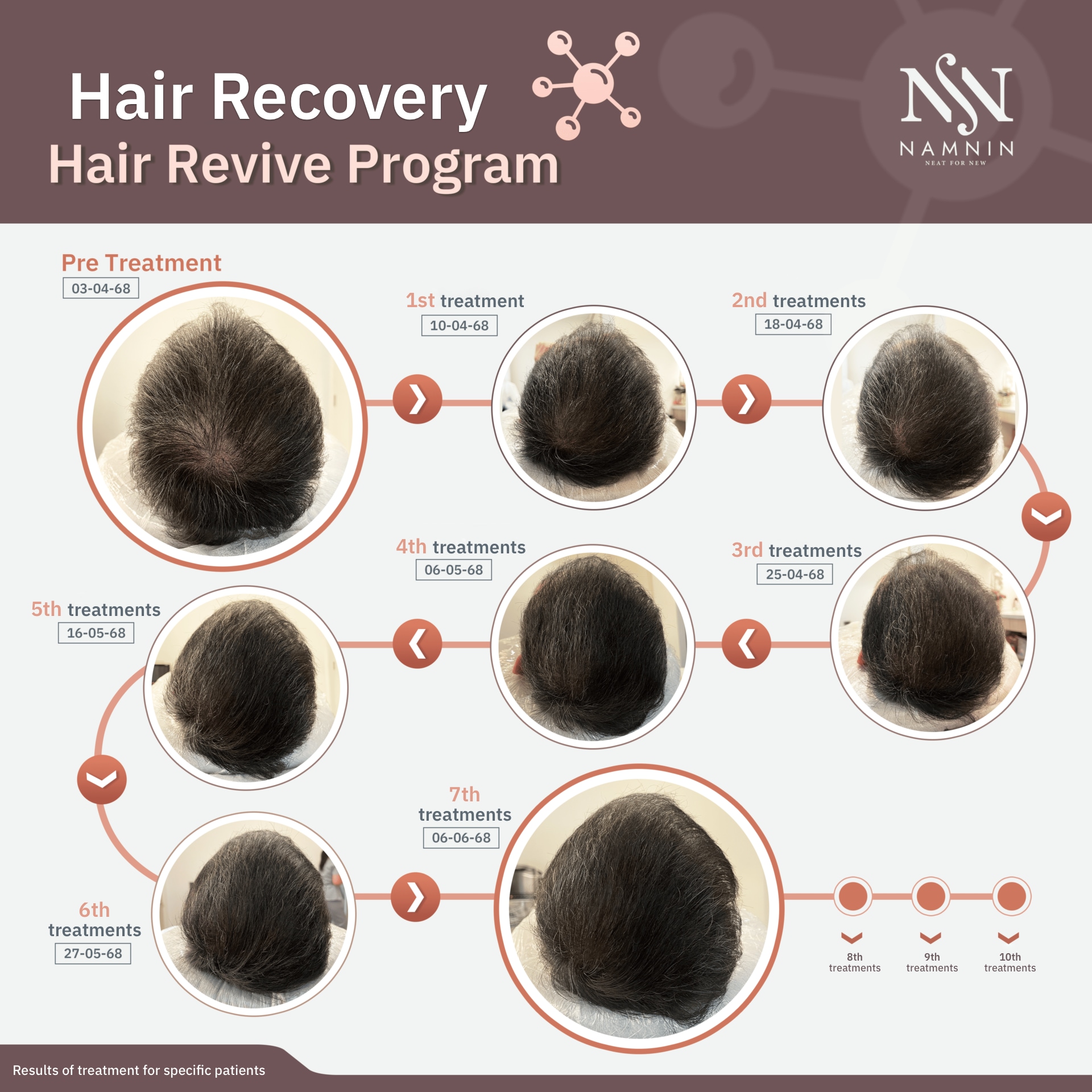Have you given your hair the right nutrients today?
Just like any other part of the body, your hair needs proper nutrition to support healthy cell growth and function. Among the essential nutrients that hair lovers should include in their diet are vitamins, which play a vital role in keeping hair strong and healthy. Sometimes, hair loss can actually be linked to a deficiency in certain vitamins. The good news is you can improve and restore your hair by eating vitamin-rich foods or taking supplements under a doctor’s guidance.
Biotin
Supports the production of keratin, the main protein that makes up hair. It stimulates hair growth, strengthens hair strands, and reduces brittleness, dryness, and breakage.
Food sources: Salmon, eggs, liver, nuts, sweet potatoes, avocado.
Vitamin D
Helps hair follicles function normally, promotes new hair cell growth, and adds shine to hair. A deficiency in vitamin D can increase the risk of patchy hair loss.
Food sources: Milk, eggs, salmon. (You can also get vitamin D naturally by spending a few minutes in the morning sun.)
Vitamin E
Plays a key role in keratin production, acts as an antioxidant, improves blood circulation to the scalp, and keeps hair strong, shiny, and full of life.
Food sources: Meat, milk, eggs, nuts, and whole grains.
Vitamin A
Essential for cell growth throughout the body, helps fight free radicals, and stimulates sebum production (the scalp’s natural oil) to prevent dryness. It should be consumed in the right amounts.
Food sources: Leafy green vegetables, tomatoes, pumpkin, fruits, liver, fish oil, eggs, and milk.
Vitamin C
Boosts collagen production, nourishes hair roots, reduces inflammation, and protects hair from free radicals that can weaken strands and cause hair loss.
Food sources: Oranges, lemons, guava, kale, spinach, cabbage, and cauliflower.
Vitamin B Complex
Improves blood circulation to the scalp and strengthens hair roots.
Food sources: Meat (especially fish), eggs, nuts, and leafy green vegetables.
When good nutrition becomes your hair’s defense against damage and hair loss from within, it’s time to start paying closer attention to what you feed your strands.
A simple step like adding the right vitamins can be your hair’s best love language.

